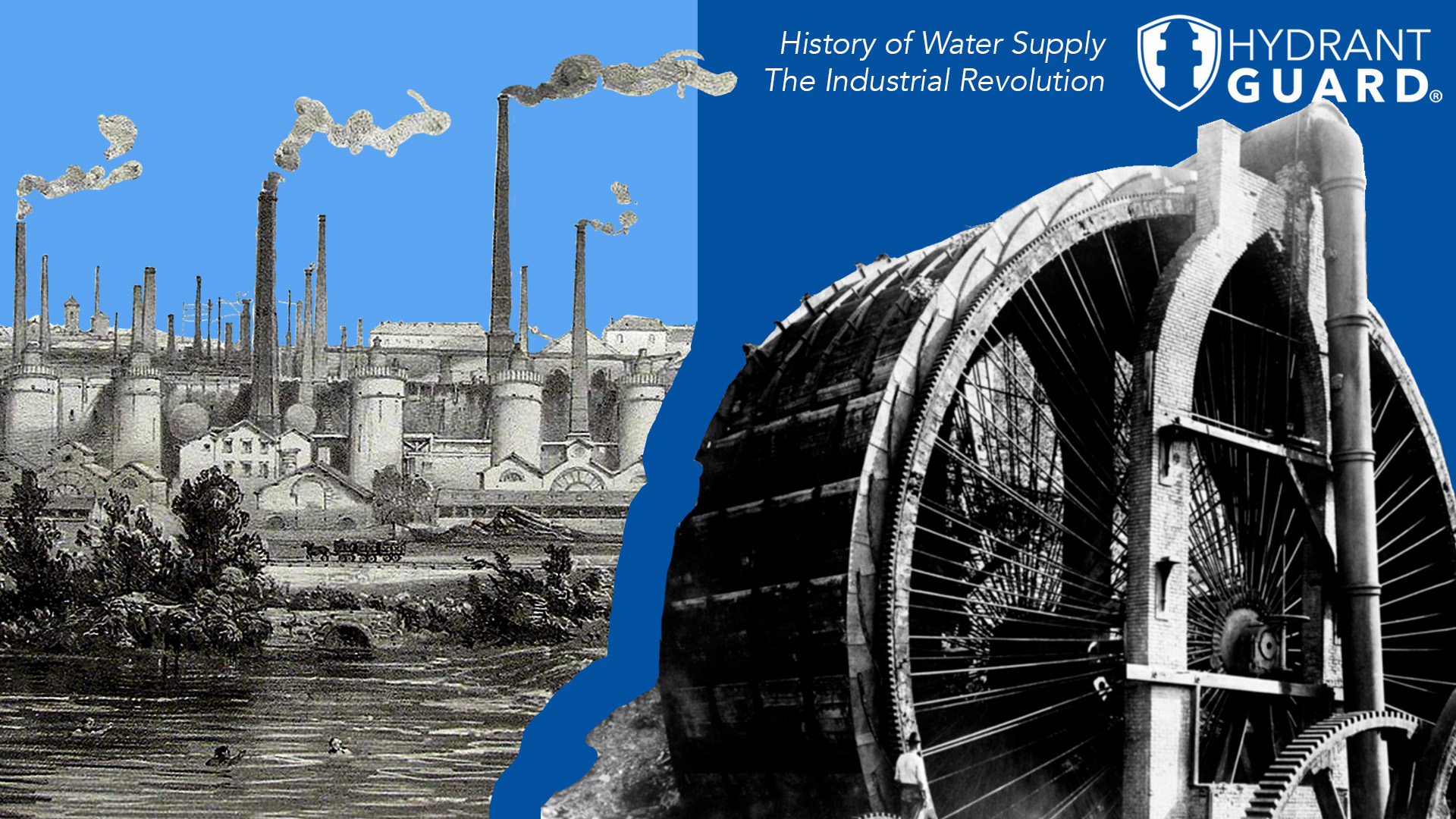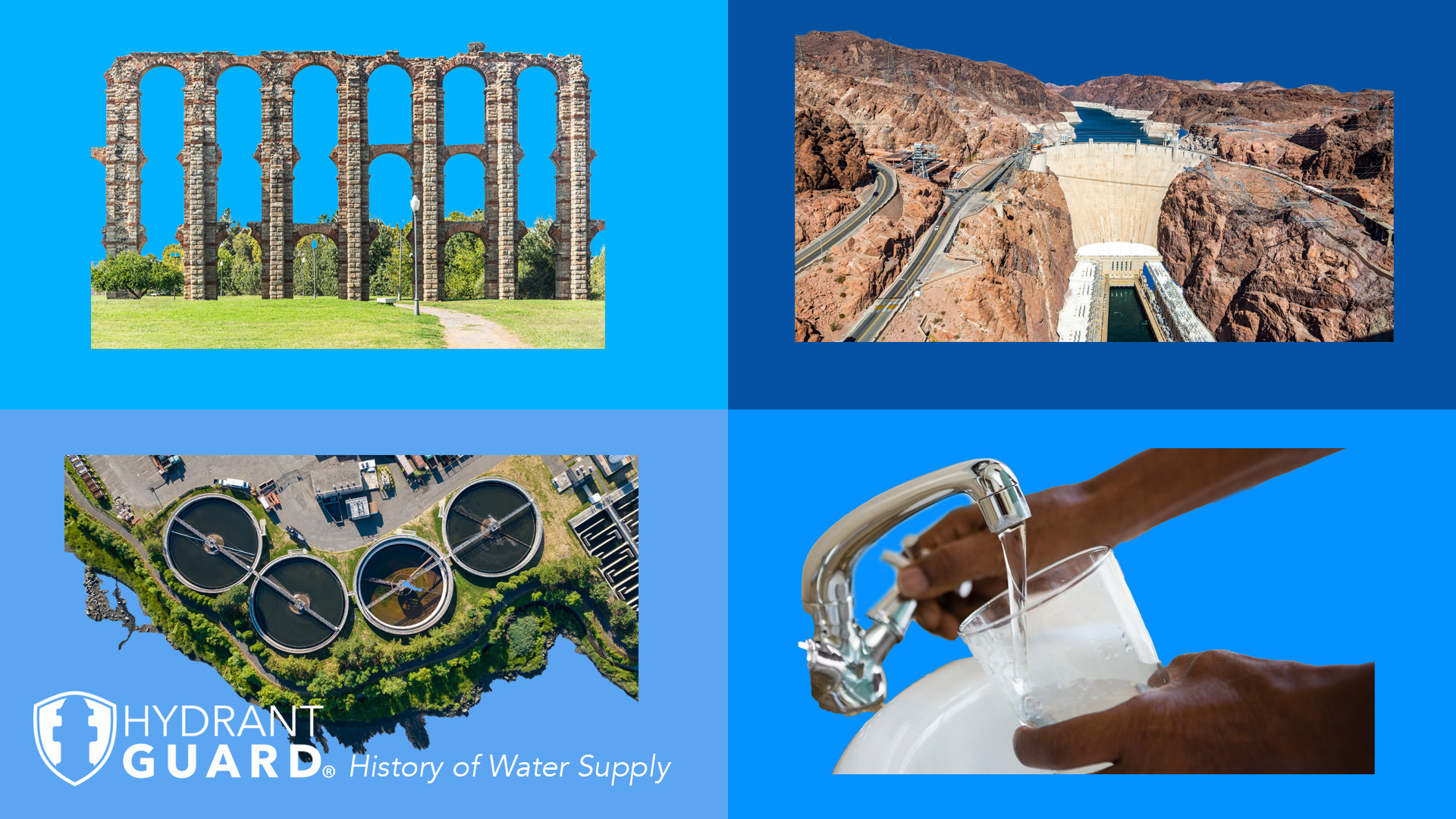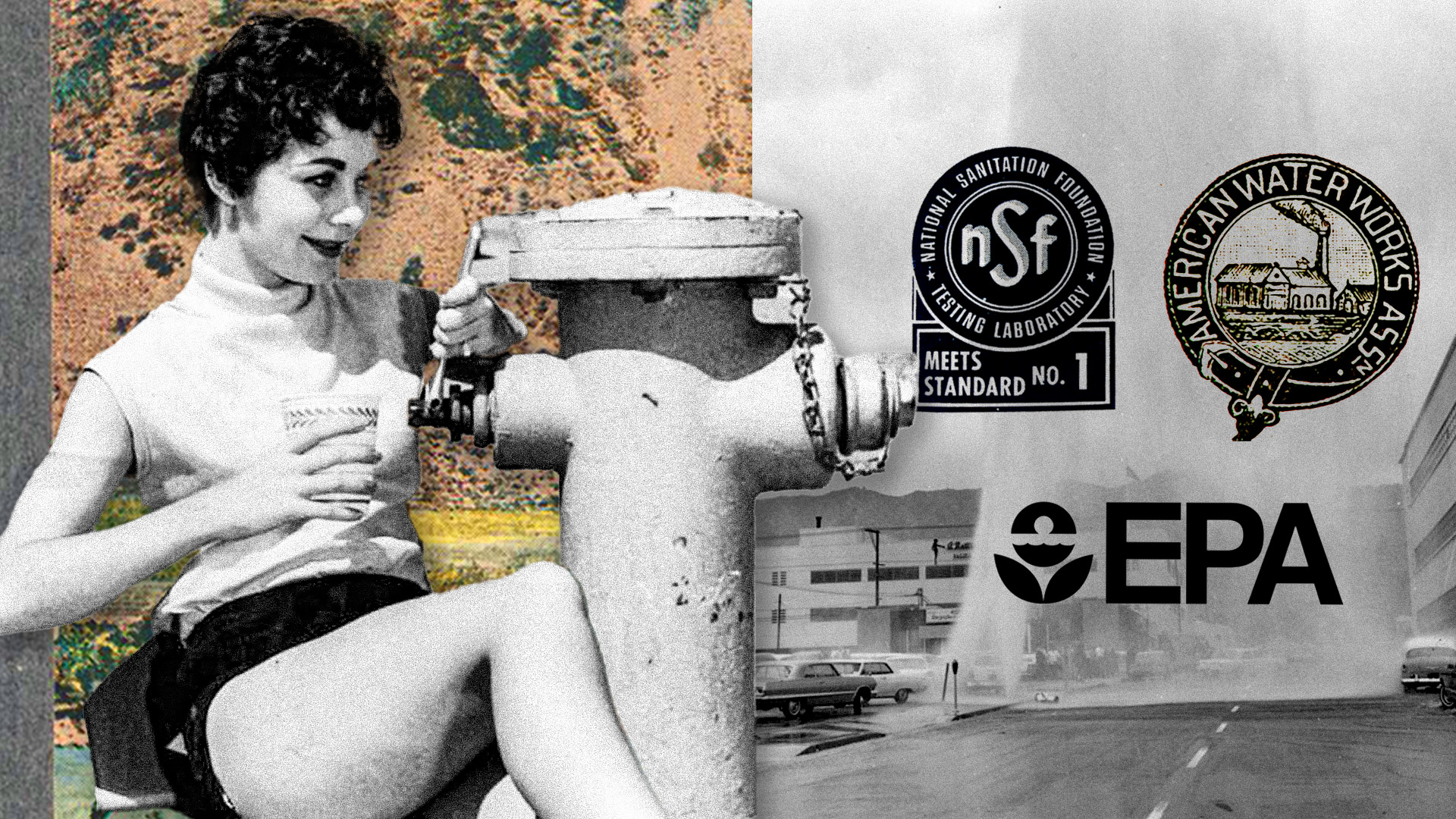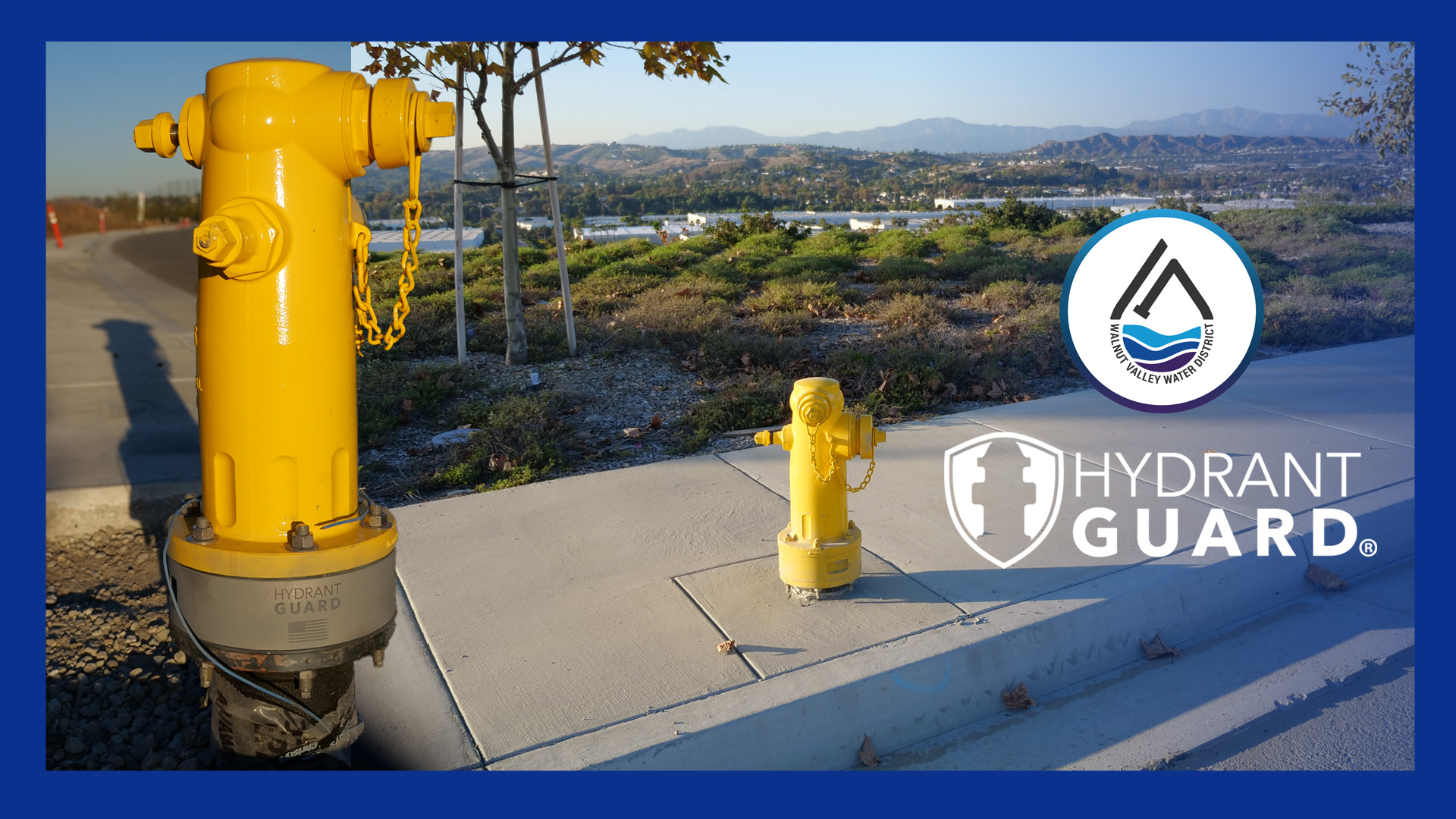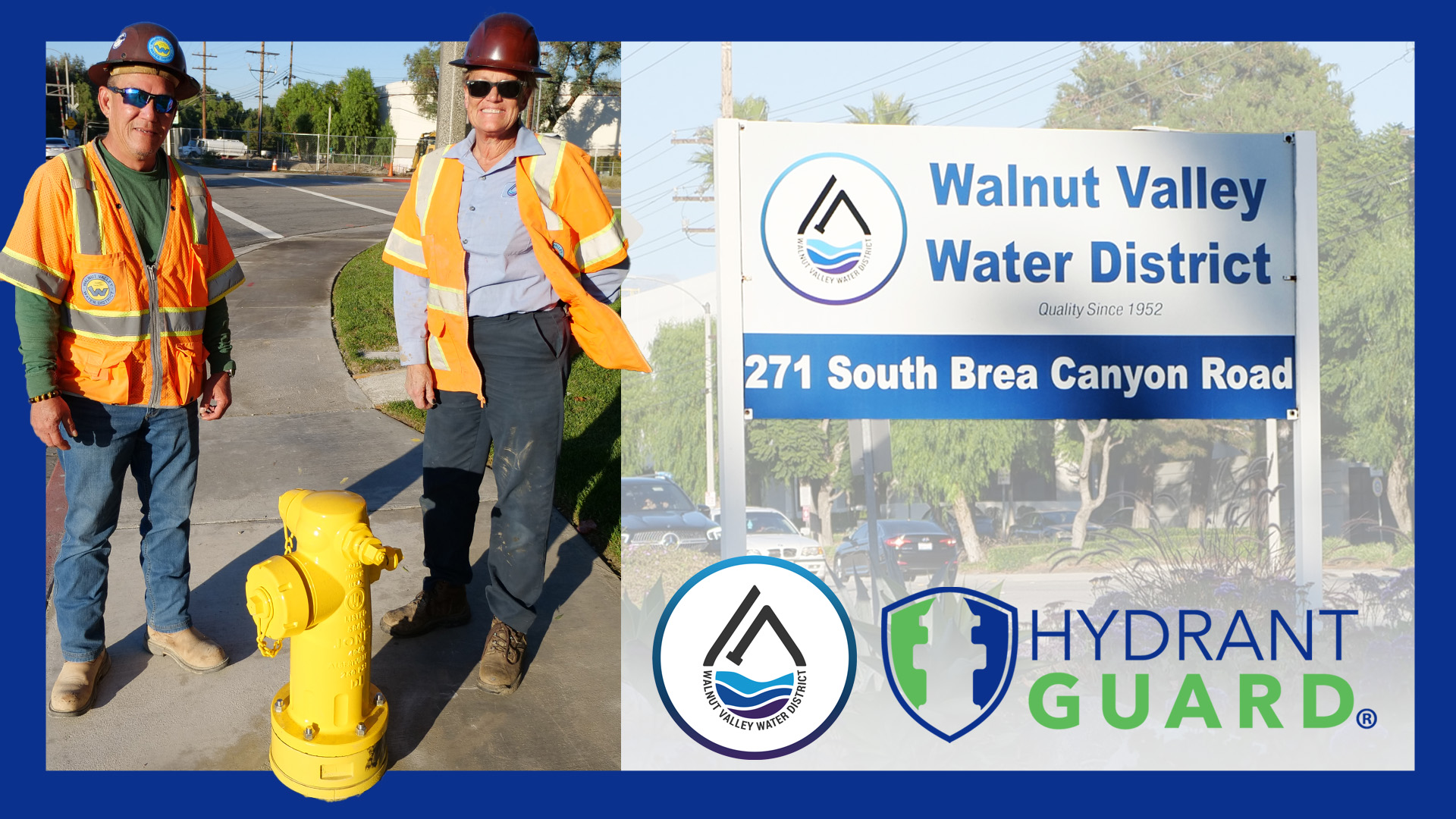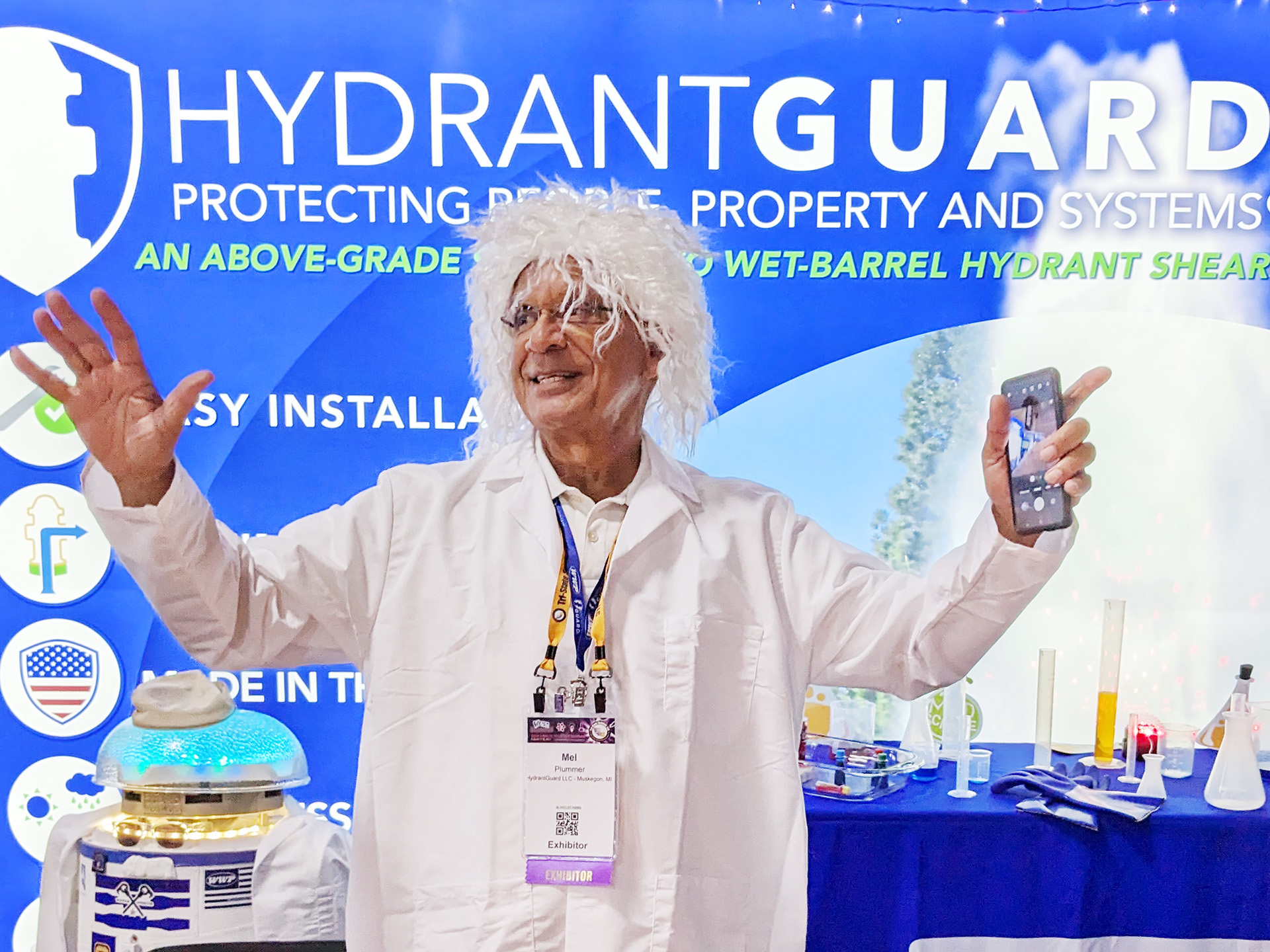Hydrant Guard Success Story: Las Virgenes Municipal Water District
Gabriel Gomez, Operations Manager at Liberty Utilities, knows all too well how to identify a hydrant ‘knockoff.’ For a man who’s dealt with the problems caused by knockoffs for over 25 years, putting an end to emergencies from water surges has been long overdue.


